Recent Articles
Popular Makes
Body Types
Camry: The History of Toyota's Best Selling Car in America

Toyota Camry ・ Photo by Toyota
A perennial best seller, the Toyota Camry is easily one of the most popular cars in the world. On average, Toyota sells some 400,000 copies of the Camry every year in the United States alone. As a frame of reference, a Mercedes-Benz USA press release recently proudly touted the marque’s best sales year ever in the U.S. market. It stated they moved 330,391 units. If you factor in the marque’s utilitarian Sprinter, that number climbs to 366,589. Now, that’s all of their models combined. Meanwhile, during the same period, Toyota USA moved 428,606 Camrys. Long story short, on an annual basis, Toyota routinely sells more Camrys in the U.S. than Mercedes sells cars—period. Offered for sale in the United States since 1983, you will currently find the seventh American generation of the venerable Toyota sedan in Toyota showrooms. What follows is a brief history of Toyota’s best selling car in America.
Origins
Before the Toyota Camry was offered in the United States, the model was introduced as a variant of the Toyota Celica in Japan in 1979. Offered as a four-door liftback, the car was known as the Toyota Celica Camry. However, rather than the Celica we know here in the U.S, the car was based on a Japan-market offering known as the Carina. Where Celica was offered as a two-door coupe and a three-door hatch, Celica Camry’s four doors were intended to make the model more family-friendly. To get there, Toyota’s engineering team stretched the front end of the Carina and endowed the model with more Celica-like styling cues. Toyota sold some 100,000 copies of this version of the Camry in Japan.
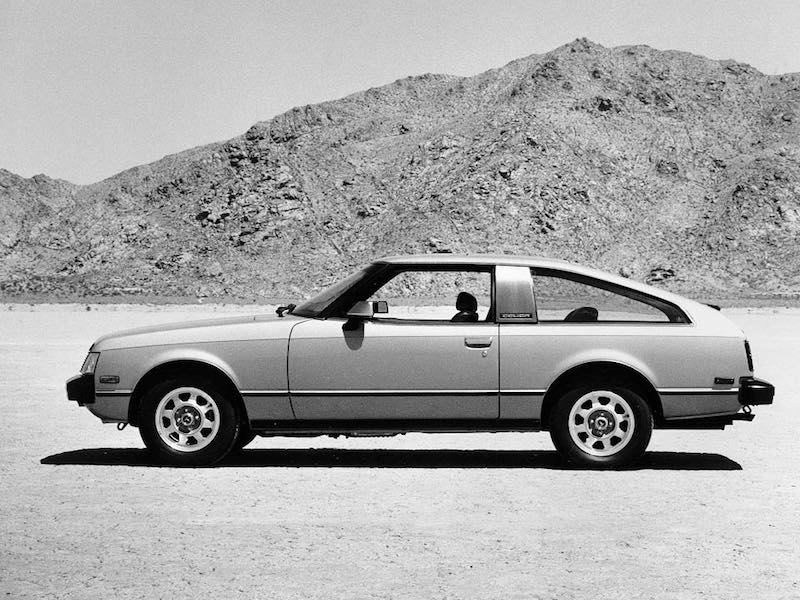
Photo by Toyota Media
First Generation Camry: 1982-1986
Camry was first offered as an independent model line in 1982. This was also the first version of the Camry to be shipped to export markets, including the United States. The model was offered in two body styles: five-door liftback, and four-door sedan. Here in the States, Camry replaced the aging rear-wheel drive Corona, and was specifically designed to be successful in the U.S. marketplace. Its slim pillars and tall roofline provided excellent outward visibility, along with plenty of headroom for tall Americans. Further, the Camry offered adequate space for a family of four, in addition to a more powerful engine than the sales leader at the time—Honda’s Accord. Americans quickly found favor with the Camry’s comfort, reliability, and reasonable price. By the way, Accord and Camry have been fierce rivals ever since the Toyota was introduced, continually vying for the title of best selling car in the U.S.
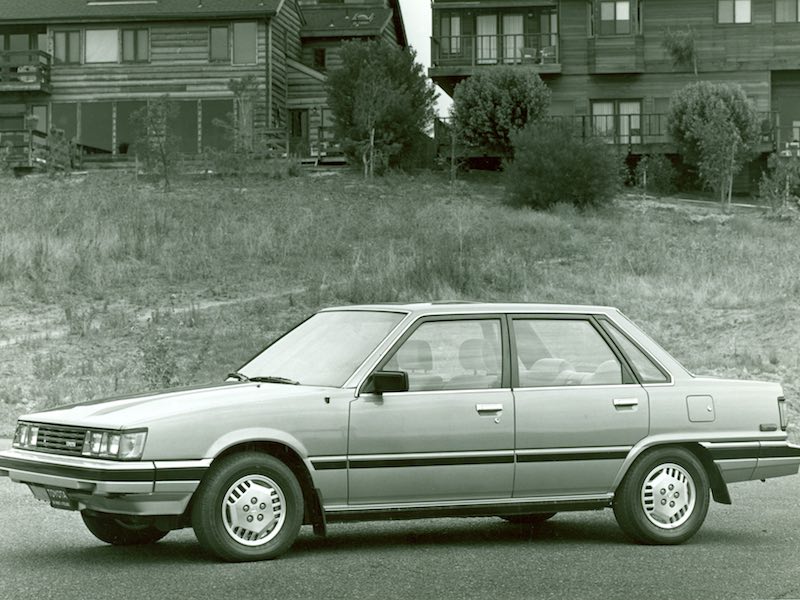
Photo by Toyota Media
Second Generation: 1987-1991
Designed specifically to best Accord, the second generation Camry came to market with a more powerful base four-cylinder engine offering, delivering some 17 horsepower more than the Accord’s four-cylinder. Strict attention was paid to reducing noise levels inside the car. As a result, the second generation Camry comes across as a considerably more sophisticated car than its predecessor. This effort was made primarily to differentiate the Camry from the Accord. Honda’s philosophy was to put the driver first, while also providing space and comfort. Toyota’s approach (which it still largely follows with Camry to this day) was to put passenger comfort first. The restyle brought about a sleeker, more upscale look and the elimination of the hatchback in favor of a genuine station wagon. This generation also saw the introduction of a V6 engine option, and most notably, the beginning of Camry construction in the United States. This version of the Camry also marked the first time the model was offered with all-wheel drive.
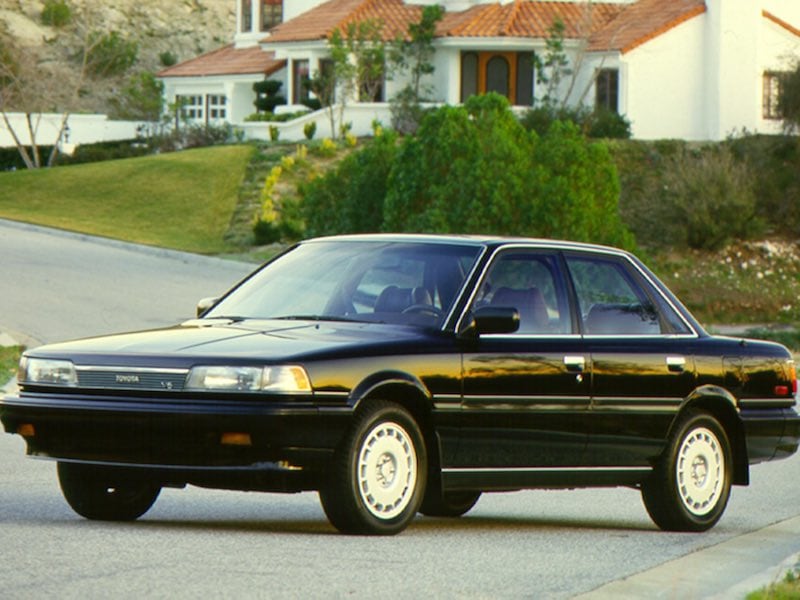
Photo by Toyota Media
Third Generation: 1992-1996
Now built in America—by Americans, and for Americans—of course the third generation Camry was even larger and more spacious than the outgoing model. Longer, wider and taller, it was also arguably more handsome, as it its newfound proportions were put to good use in terms of making the Toyota look more substantial. Relentless in their pursuit of quietude, Toyota’s engineers prescribed even more sound deadening insulation and smoothness from the engines. The result being the third generation Camry drove like a car costing considerably more than its asking price. In fact, this generation of the Camry served as the platform underpinning the entry level Lexus model for 1992, the ES 300. A larger car needs more power, so displacement of both the four-cylinder and V6 powerplants was increased. Marking something of a cultural shift for Camry, this generation of the car also marked the introduction of the more driver-oriented SE model. Another significant change for Camry introduced during this period was a two-door version of the car known as Camry Coupe, which was introduced in 1993 as a 1994 model.
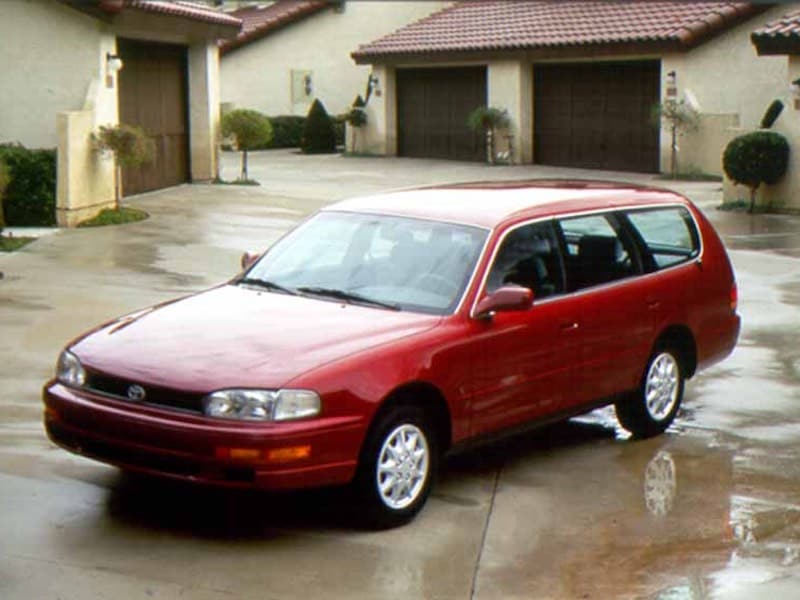
Photo by Toyota Media
Fourth Generation: 1997-2001
The fourth iteration of the Toyota Camry came to market with a more angular design, reflecting the trends of the times. This version of the car saw the demise of both the wagon and the short-lived coupe. However, once again, Camry grew in every dimension, although only slightly when compared to the third generation car. Also kicked to the curb with the introduction of the fourth generation Toyota Camry was the sporty SE model. Turned out folks liked their Camry just the way it was, thank-you-very-much. While engine displacement remained the same, power output was increased. Interestingly, though Camry SE was discontinued, there must’ve been a small faction in the Camry department still craving performance, as they sneaked a sporty version of the car under the radar, the Camry CE with a V6 engine and a manual transmission. Also, in the middle of this generation’s run in 1999, the two-door coupe was reintroduced, as Camry Solara.
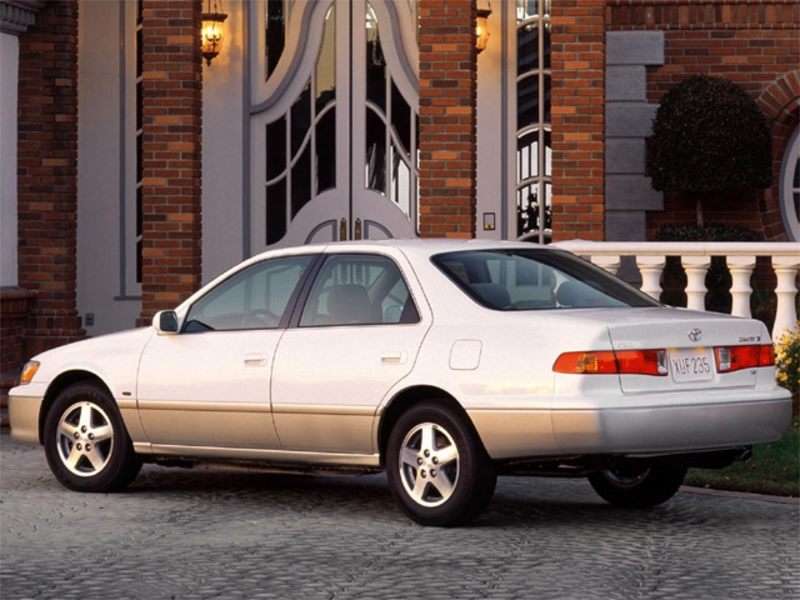
Photo by Toyota Media
Fifth Generation: 2002-2006
In a decided attempt to imbue Camry with a more upscale vibe, the fifth generation Camry came to market with more elegant styling and better aerodynamics, which ultimately resulted in a more substantive appearance. The Camry also grew in size once again, offering a longer wheelbase, and a taller profile. The size of the trunk increased as well, measuring some 17.7 cubic feet—nearly three cubic feet larger than the previous model’s. In a move to reduce emissions, the V6 was slightly down on power, but the inline four-cylinder was completely revised, and got a displacement bump, making it more powerful than its forerunner. In the middle of the model’s run, the 2003 Camry got a new 3.3-liter V6, which was introduced along with the resurrection of the Camry SE trim package.
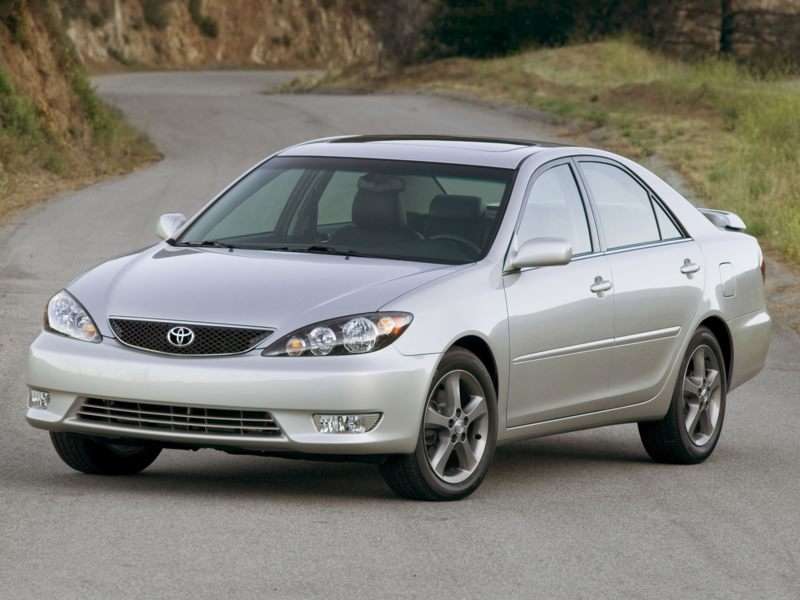
Photo by Toyota Media
Sixth Generation: 2007-2011
The sixth generation Toyota Camry found the model housing its largest ever V6 engine offering. The 3.5-liter V6 also was the most powerful engine Camry had ever offered at the time, at 268 horsepower. Throughout the Camry’s history, its stylists have gone back and forth between rounded and angular designs. The sixth generation car marked a return to angularity. The primary goal with this car was to break it out of its staid image and attract younger buyers to the nameplate. To this end, the Camry also got its most radical interior treatment ever, as well as “techno” teal colored instrumentation lighting. This version of the Camry also marked the introduction of a hybrid powertrain for the venerable model. Based largely upon the mechanicals of the Toyota Prius, Camry Hybrid remains an integral aspect of Toyota’s product line to this day. However, this generation of the Camry is also considered by pundits to be the weakest version of the car ever offered.
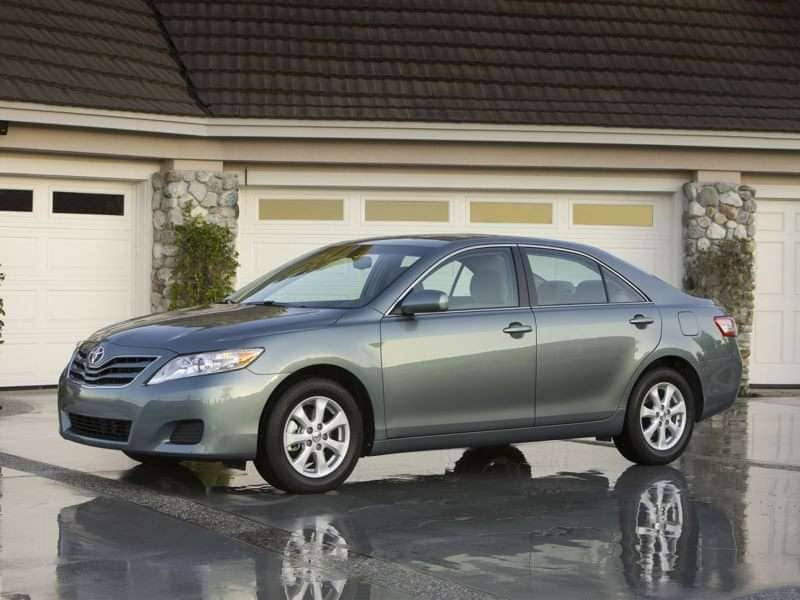
Photo by Toyota
Seventh Generation: 2012-Present
For the 2012 model year, Toyota set out to regain Camry’s reputation. For openers, both engines were improved to deliver better fuel economy without sacrificing power output. While the styling was only mildly tweaked, the interior was improved upon considerably with more substantial looking materials, more comfortable seats, and a more inspired design. The new seats improved rear-seat legroom, without incurring an increase in overall size, which by now had grown considerably larger than the original. In fact, the current Corolla (the next model down from Camry) is about the size of the original Camry, while Camry has grown well out of the ranks of compact sedans into the midsize category (pushing full size). The SE version of the Camry returned with this version of the car, adding a more engaging option for people who like Camry’s quality, reliability, and strong resale value—but also appreciate the feel of a more responsive automobile.
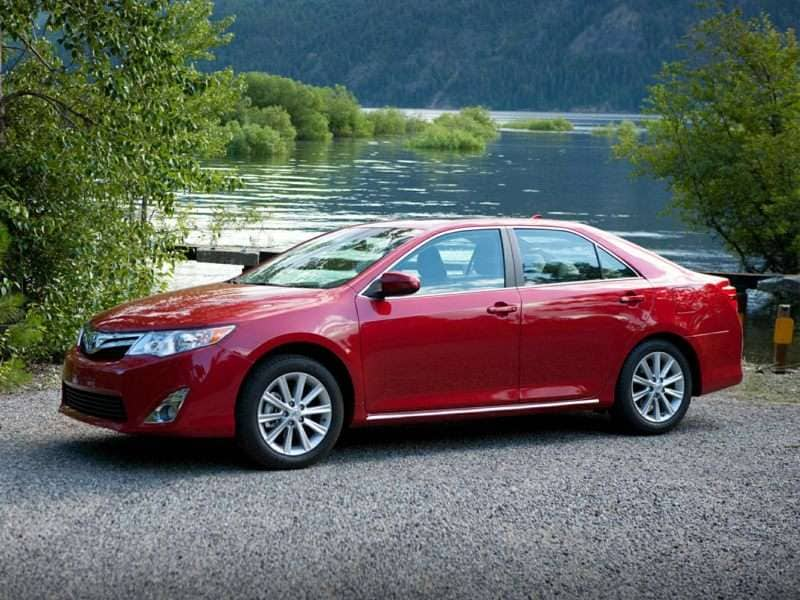
Photo by Toyota Media
Conclusion
An Anglicized phonetic transcription of the Japanese word kanmuri (), which means "Crown," Camry is in many ways a throwback to the original days of Toyotas when the automaker named all of its cars with synonyms for the word crown. Camry is also solidly reflective of Toyota’s longstanding penchant for infusing its cars with outstanding reliability, exceptional longevity, and good resale value. It’s often joked, you have to try to kill a Toyota—they don’t just die. This reputation, along with outstanding comfort, reasonably attractive styling, and a generous array of standard features combine to make the Toyota Camry one of the best selling cars in America—year in and year out.
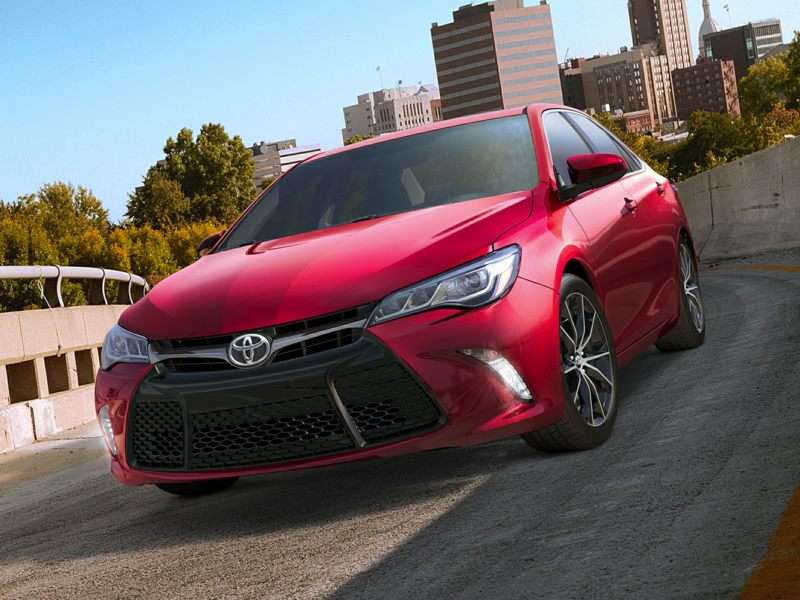
Photo by Toyota Media